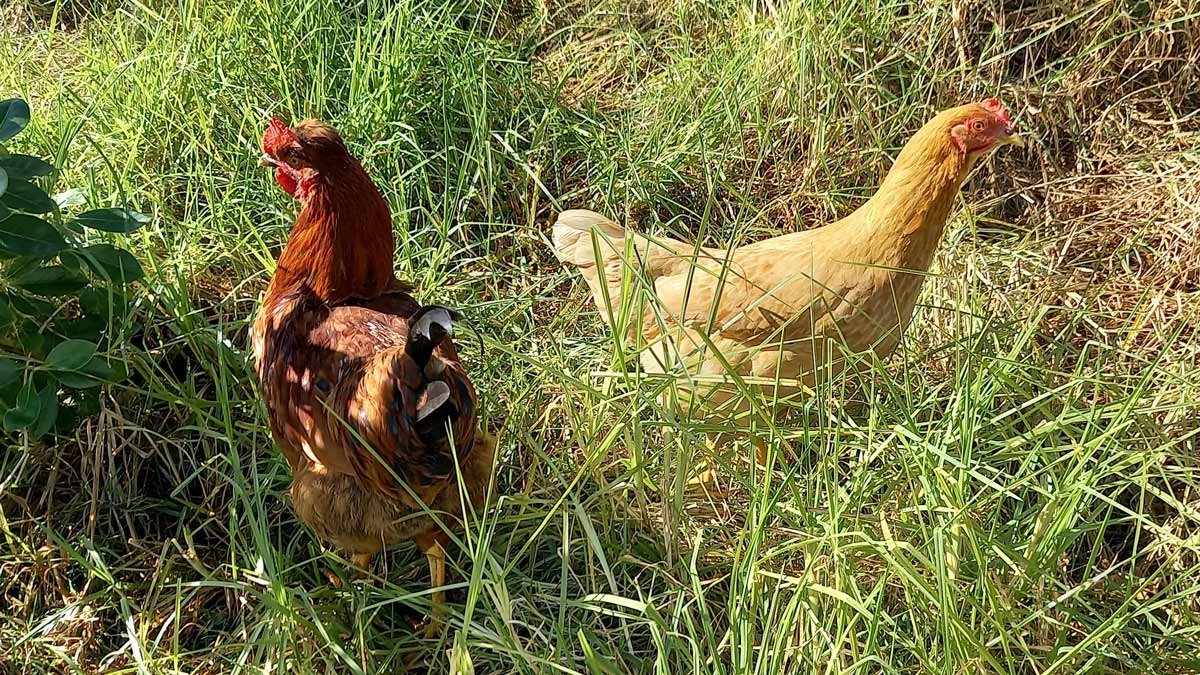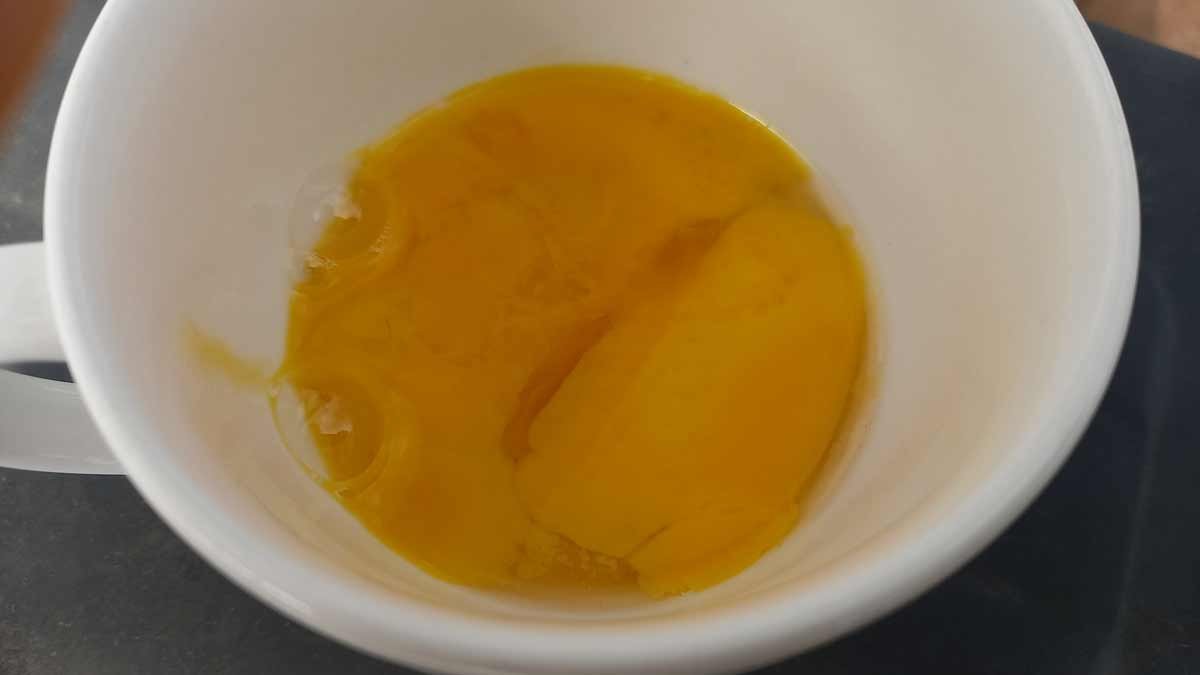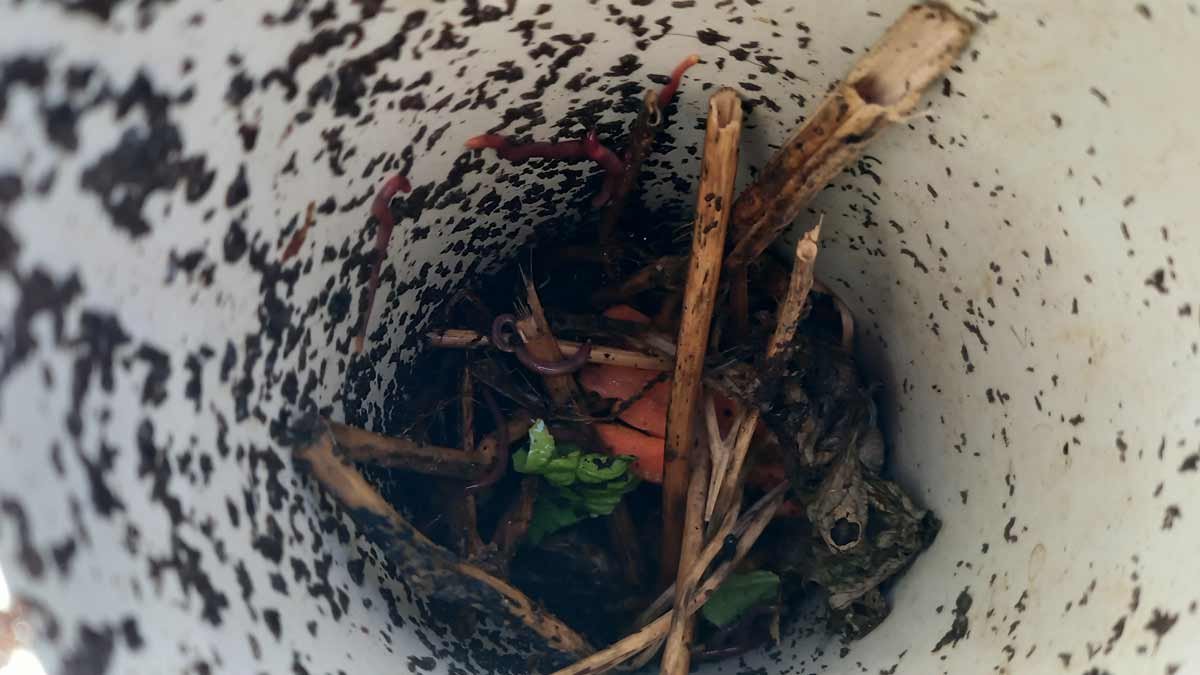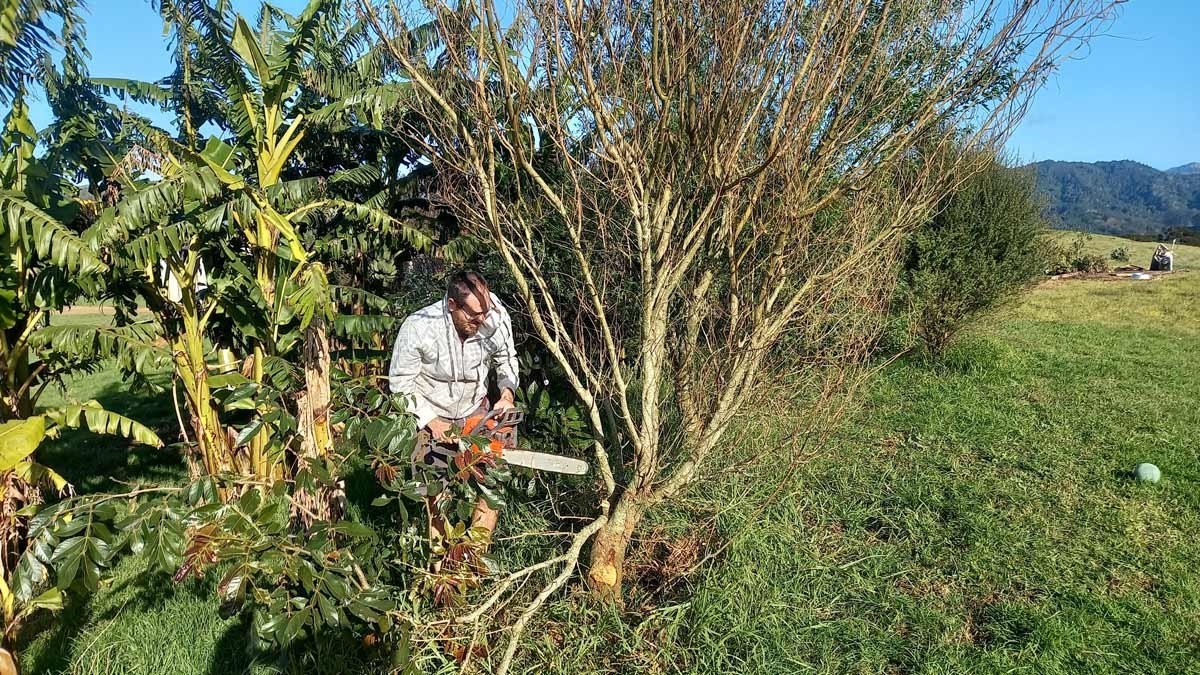A lot of my posts here capture a certain moment in time. Of course, life is more than these small snapshots. It continues on. And so I try to re-visit the subjects I’ve written about occasionally to see what’s going on.
We’ve started a number of things over the last 6 months or so, but how are they going? What’s happening now?
Pam and Tommy
I’m happy to report the chicks we hatched in March, Pam and Tommy, have reached maturity.
They successfully integrated with the rest of the flock a couple of months ago. Pam shouldn’t be far off starting to lay eggs.
Because we were so involved in their existence, they’re our favourite – and friendliest – chickens. That’s Pam with me at the top of the page.

We haven’t had to make any awkward decisions about roosters. Alaska seems to tolerate Tommy, and Tommy seems to respect that Alaska is the boss.
Tommy hasn’t begun crowing that we’ve noticed – apparently this can happen when raised with a dominant rooster.
Things might change – Tommy isn’t quite 5 months old so he could still mature and decide to make a challenge, but until we actually have a problem, we’ll keep them both.
The egg supply
Our egg supply is increasing again. As well as Pam, many of the flock have come back on the lay – at least part-time. We got through the low season using the water-glassed eggs I put away earlier in the year. The first jar was 100% perfect.
But the jar with the rotten egg? Well, there was something just a little off about all the other eggs in that jar.
I wouldn’t say for certain they were also rotten, but the smell wasn’t quite right, the yolks wouldn’t hold their shape. They weren’t remotely appetising.

It would seem that one bad egg really does spoil the bunch! After pulling out the fifth one like this, I binned them all.
In-ground worm farms
In May I installed in-ground worm farms in one of my garden beds.
It appears the worms I put there have made themselves comfortable. I find them at the top of the tubes whenever rain is about. They are definitely getting to work digesting the organic matter deposited inside.

I’ve found myself giving them ‘treats’ – chunks of cow manure when a cow defecates nearby, or fur after we’ve groomed Hine. For some reason I’ve taken more interest in these little buddies.
I don’t think we’ve reached the point of seeing garden dispersal. I think the completed worm castings need to reach the main soil level first.
Then we’ll see if these worms take out their own trash. I imagine it might take up to a year to start seeing that in action. For now I’m glad the worm populations are thriving, and things seem to be going to plan.
Gabrielle recovery
Many lives were turned upside-down in February with Cyclone Gabrielle. Overall we fared pretty well. Some of our banana clumps fell over. I split them up and replanted the stems, which have since begun growing again, so they’re fine.
Our biggest loss was a fridge, which we replaced in March. Not a fun unexpected expense to have, but such is life. We borrowed a trailer from a neighbour to pick it up, giving them a pile of plants including banana stems to say thanks.
We lost a dozen or more of the trees planted since we’ve been here. Mostly tagasaste and ake ake. That’s left us with a fairly large pile of organic matter to deal with.

One thing I’ve been working on is a small pile of firewood in a corner of my garden shed. While my hope is that it’s used for toasting marshmallows or making biochar; Gabrielle showed me our biggest risk is probably being cut off.
Having an alternative energy source waiting just-in-case is a bit of a weight off my shoulders.

Some communities were cut off for up to a month after Gabrielle. Many people had to cope without electricity for 10 days. While firewood would be pretty useless in a storm given we don’t have a fire place, it might prove helpful once a storm has passed and the waiting begins.
Because the trees that were dying were all under 5 years old, they’re more branches and sticks than anything else. Last week we had a bit of a win when we scored a broken mulcher in a TradeMe auction.


It took Richard about 20 minutes to straighten a spring, re-wind a pull cord, and get her going. We used it to turn all our twigs and smaller branches into mulch.
It didn’t produce a lot of mulch – about a feed bag’s worth – but we’ll use it within our composting toilet system to close the cycle on the carbon inputs there.
Garlic
I’ve hand-planted over 400 garlic cloves in 6 varieties since I began last month.
It hasn’t actually taken the entire month. I’ve been planting by a moon calendar which only provides a couple of opportunities to get it in.
They cover 4 separate garden beds. This year I’m really paying attention to how they grow. I’m looking to confirm what garlic groups they actually belong to.

When I first began growing garlic I was surprised to discover there are two types – hard neck and soft neck. But as time has gone by, the New Zealand garlic industry is expanding and becoming more organised. Many growers are additionally beginning to refer to their varieties by the 10 groups those two types divide out into.
So last year I began trying to work out what I have.
I’m pretty confident my White and Purple Rocamboles, as well as the Spanish Red are actually all ‘Turbans’. Confusingly, I suspect my Russian Red is actually a ‘Rocambole’. I’m pretty sure my Ajo Roja is a ‘Creole’, and I’m 100% certain my Takahue is an ‘Artichoke’.
I’m thinking about renaming them simply to relate to their colour and group (e.g. ‘white turban’). For a long time I thought I had no right to rename them, but this compromise is probably clearer for growers in the long run.
Of course, re-naming them is irrelevant if we don’t get a harvest this season, so for the next 6 months I’ll be on maintenance. That means spraying weekly with apple cider vinegar, mulching thickly whenever the weather allows me to mow grass, and keeping the weeds off.
I think I’m beginning to understand some of the intricacies of growing garlic in warmer climates. In some ways it’s different to what someone in a colder climate experiences. Each year I learn a little bit more and adapt my approach slightly for the next season.
I’m hoping I’ll have something to say about it before next year, but it’s fair to say the rust I experienced a couple of seasons ago really shook me. I’ve learned to not count my bulbs before they swell.
But for now, they look good. May that continue!



Gorse makes good firewood. I have sawed down quite a bit of my old man gorse and used the logs for firewood and it burns hot.